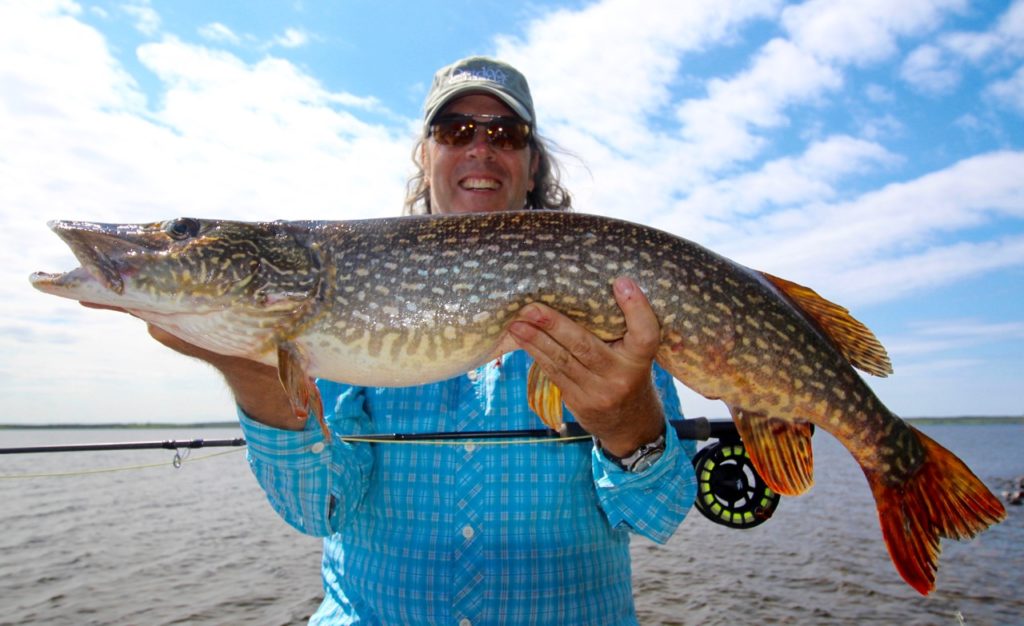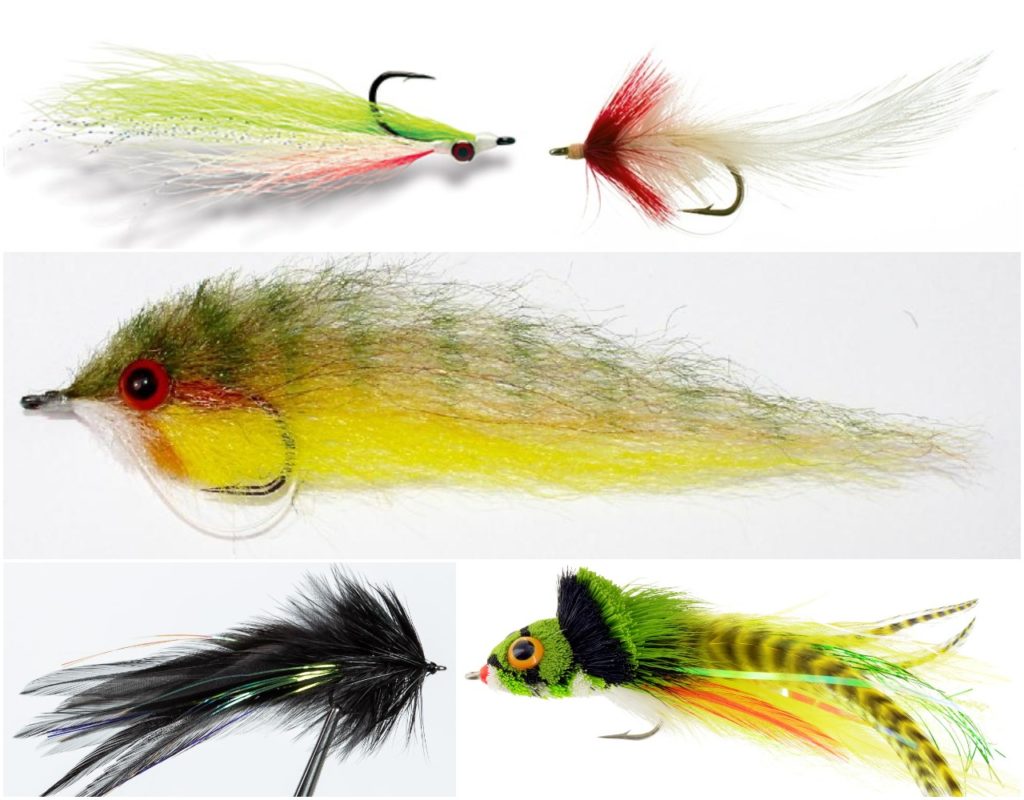PIKE PERFECTION
For tackling giant spring northerns, nothing beats fly fishing
Advertisement
The way a big northern pike explodes on a fly, launching a twisting, surging, head-shaking brawl, is unlike any other angling experience in Canada. It’s pure excitement, and surely the most fun way to catch shallow-water pike. But more than that, I’m 100 per cent convinced that fly fishing is also the most effective way to hook and land early-season northerns.
Advertisement
After a decade of seriously targeting these toothy predators on the fly, I think the evidence is compelling—fly anglers have the deadliest big-pike baits, the most versatile and effective way to present those baits, and the best tool for fighting and landing the fish…
#1 THE FLIES
Pike rarely go hard after a meal unless it looks like a sure thing, especially in spring. The ultimate shallow-water pike bait should be able to dart, swim slowly and suspend on the pause, all while looking alive and vulnerable. And nothing says “I’m easy prey!” like a four- to six-inch-long streamer fly.
Advertisement
Made of near-weightless natural or synthetic materials, streamers shimmer, undulate and appear to breathe while moving, and even when suspending. No lure made of metal, plastic or soft-plastic can tick all those boxes. My pike box has about 30 flies in a half-dozen patterns and a small variety of colours, primarily white, black and firetiger. A few are weighted, and some have mono weedguards. That’s all I need, anywhere in Canada. Pike flies are just that simple, versatile and lethal.



